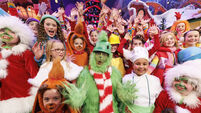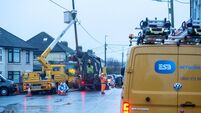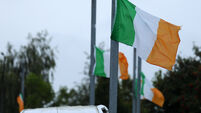Journalism conference discusses sexism in media

UCC's historic Aula Maxima was the location for the Journalism and Media Society’s sixth annual conference, and as it has in the past, drew an impressive line-up of industry experts from the worlds of print, broadcast and academia.
As keynote speaker, Dolan O’Hagan, the Irish Examiner’s Executive Editor drew immediate attention to one of the more unique aspects of the day- a conversation on feminism in journalism. “I recognise if we want to be a profession that is as relevant in this society as we aspire it to be, if we want brave writing which shines light in all places, then everyone needs to be a feminist too.”













